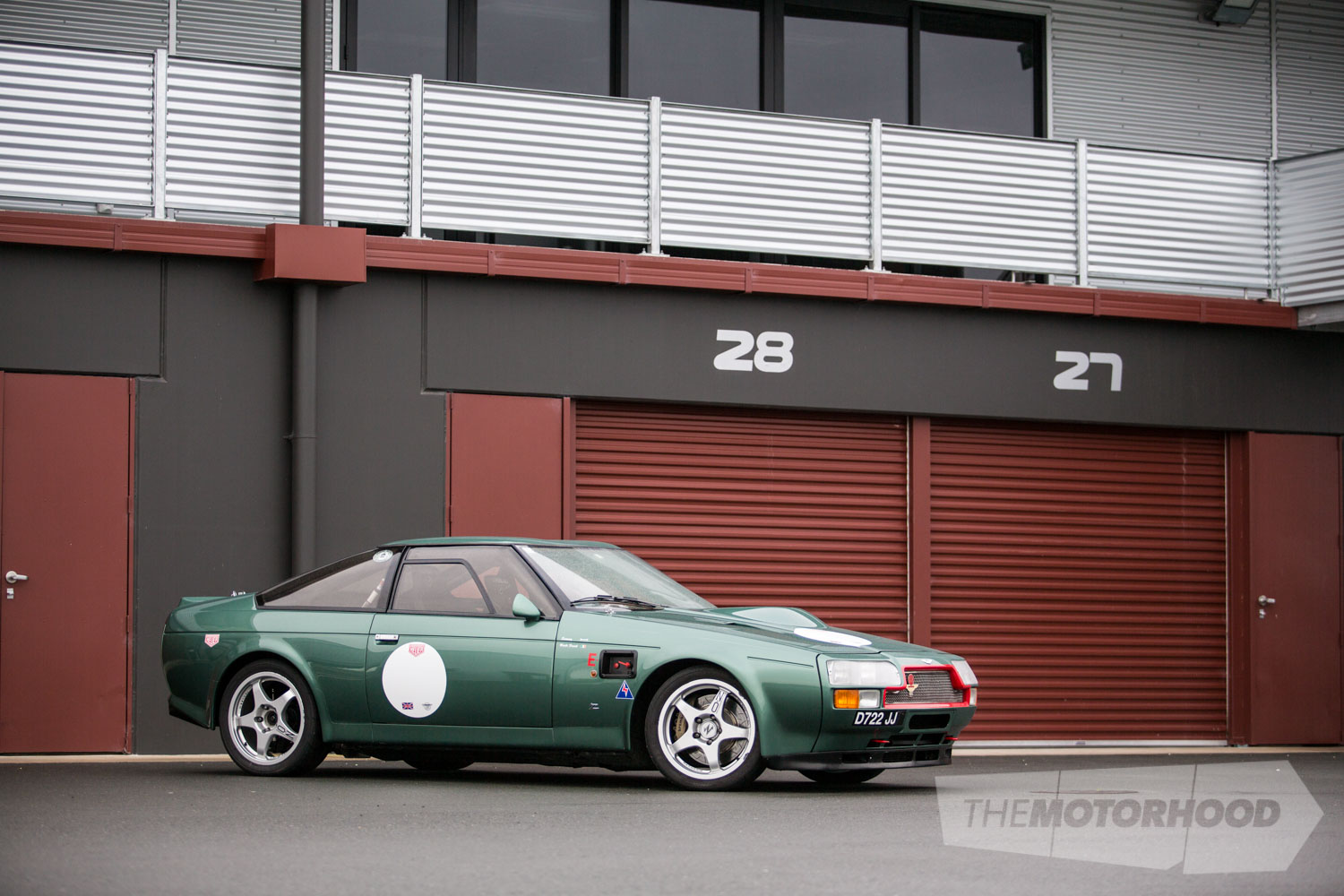This Aston Martin V8 Vantage Zagato was the second car to be born from the wedding of the two brands, the first being the simply stunning DB4 GT Zagato — with just 19 race versions built, they now reach well in excess of $15 million apiece — and more recently there’s been the DB7 Vantage Zagato, the 2011 V12 Vantage Zagato, and the freshly released Vanquish Zagato. In the early 1980s, Aston Martin engaged Zagato to take a look at the Vantage shell with a view of making it a sleeker, faster beast by improving aerodynamics and shortening the chassis. The result was a modern if somewhat demure take on what a road-going race car should be.

It was pretty well acknowledged by enthusiasts and Aston Martin that this particular car was the best road car it had ever built. No electronics, and a ZF five-speed mated with a fire-breathing V8. “As a road car, the formula was perfect,” the owner said.
Check out our full story in the October issue of New Zealand Classic Car — grab your copy now:



